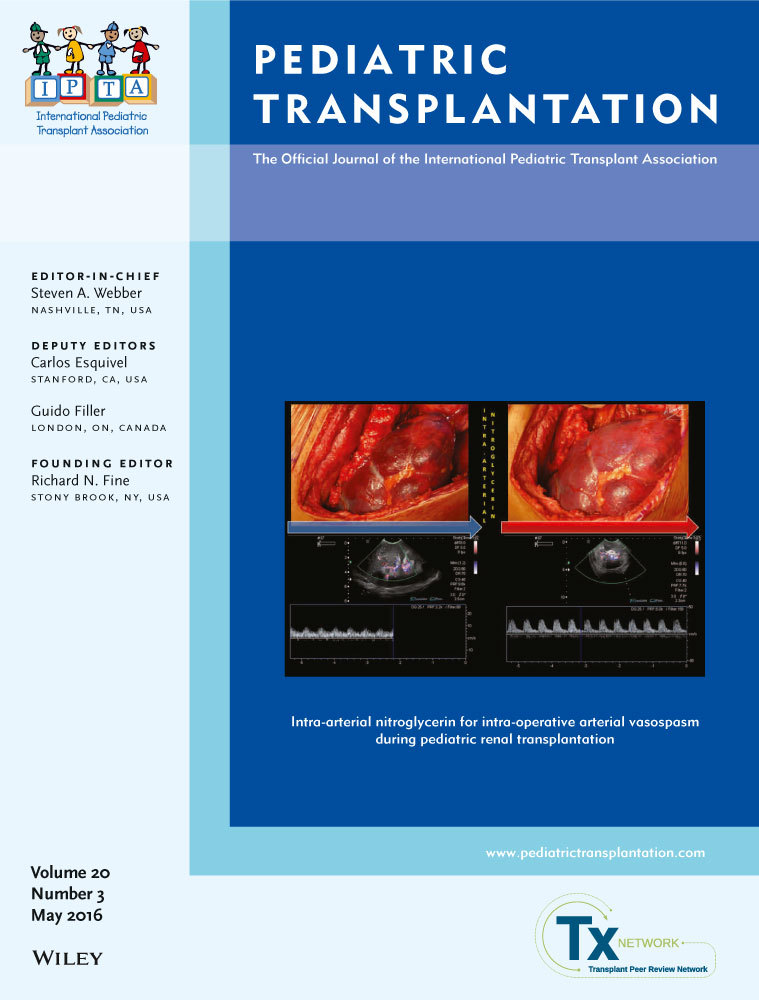Intravenous busulfan dose individualization – impact of modeling approach on dose recommendation
Abstract
TDM is intended to limit unintended consequences of drugs with narrow therapeutic indices. However, the application of different sampling strategies and pharmacokinetic approaches results in different dosing recommendations and ostensibly different outcomes. TDM approaches for intravenous busulfan dose individualization employ compartmental or non-compartmental modeling with anywhere from three to seven drug levels. This investigation was designed to examine the differences in dosing recommendations that arise in children (n = 30) when five different TDM approaches were employed. Significant differences in recommended doses between modeling strategies were observed. More importantly, the recommendations were discordant in 13 cases with at least one model recommending a dose adjustment in the opposite direction relative to the remaining models. The mathematical differences introduced by the application of different TDM approaches are not purely academic. Unification of busulfan TDM approaches should be considered to mitigate inconsistently applied dose adjustment, and facilitate comparisons of outcome, between clinical centers.




